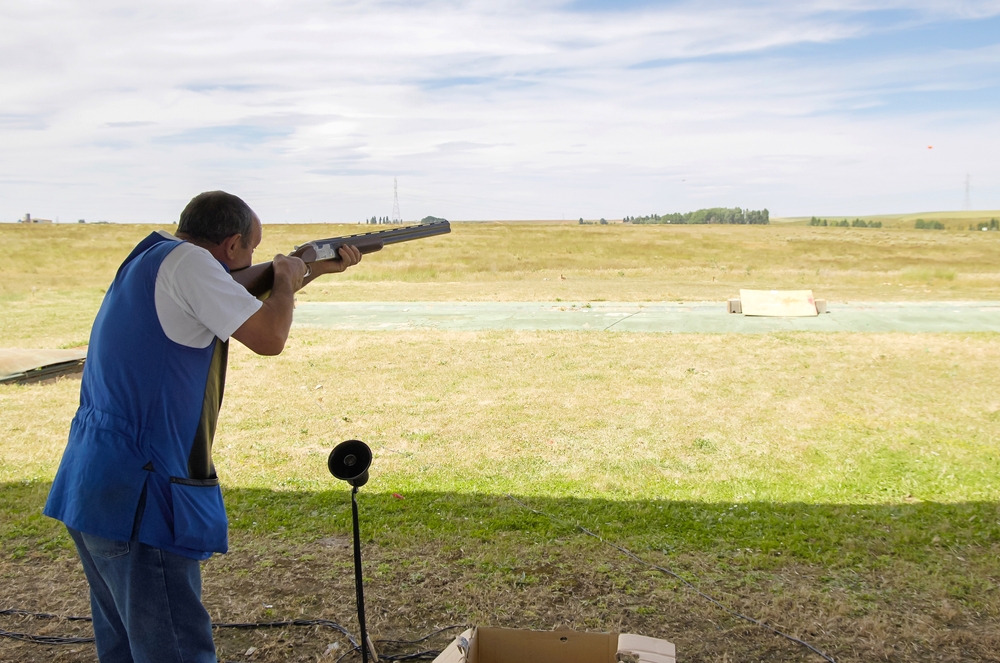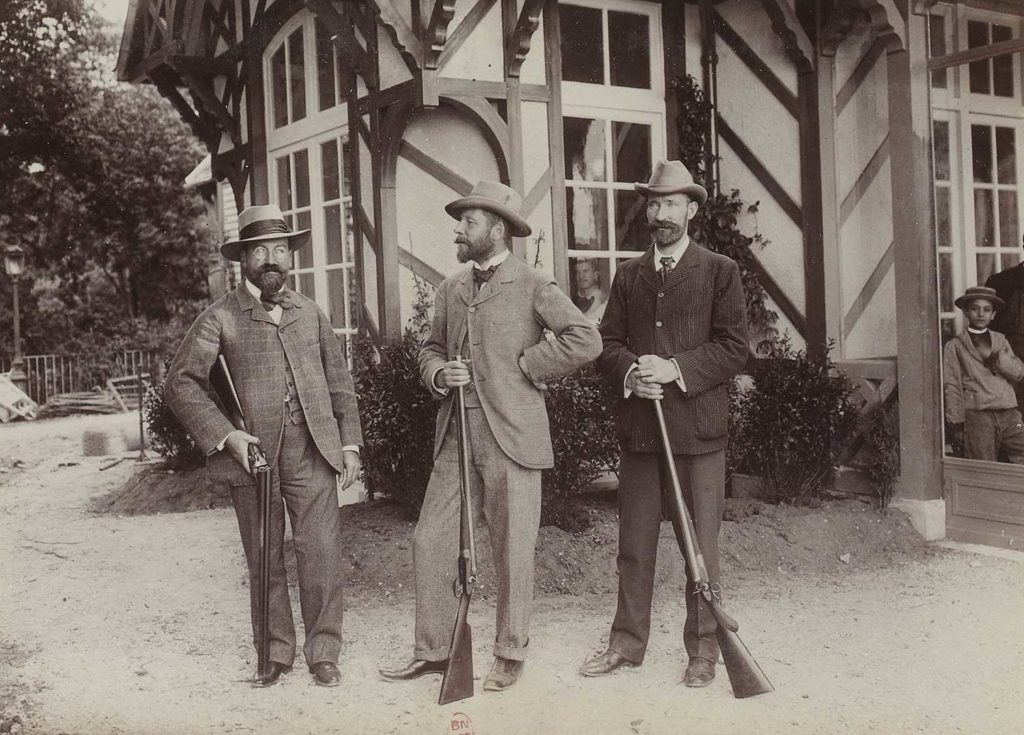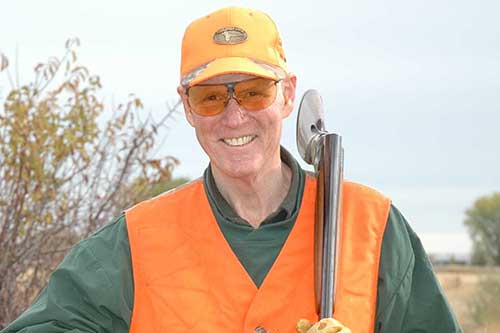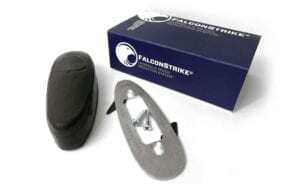
Where Trap Shooting Began

Contestants in the live pigeon shoot: Maurice Fauré (France), Léon de Lunden (Belgium), Donald Mackintosh (Australia)
Trapshooting is the oldest of the clay target sports. We owe it all to Marin le Bourgeoys from Normandy in France. In the early 1600s, he improved the existing flintlock so that the lock time became quick enough to shoot flushed game birds. Bird hunting started to catch on. In England, in the late 18th century live pigeons were released from boxes or traps and shot as a practice for bird hunting. In the late 19th century, glass balls were thrown in the air as targets were substituted for live pigeons.
Trapshooting started in the USA around 1825 using those glass balls filled with feathers. Annie Oakley once shot 4,722 out of 5,000 of them. Later, around 1880, clay targets, called “clay pigeons” for obvious reasons, were substituted for glass balls. Shooting clay pigeon targets from traps became so popular in the USA and elsewhere that a form of trap was included in the 1900 Olympic Games. It has remained almost uninterrupted to this day.
American Trap
The Trap Shooting We Know Today
Today, an American trap field has a single laterally oscillating trap that throws the bird 50 yards starting at just under 50 mph. Target height doesn’t vary and is set at 8 to 10 feet. The sidewise angle at which the targets are thrown varies 34° or a little more. The random oscillation of the target is what makes the game challenging as you don’t know where the bird is going until it is released.
There are five shooting positions in a curved row 16 yards behind the trap. In Sixteen Yard trap, each shooter in turn calls for his single target and takes one shot. Shooters get five targets on each station for a total of 25. You can see a trap field diagram and read the rules at the website of the governing body of traps in the USA, the Amateur Trapshooting Association, at www.shootata.com.
Handicap and Doubles Trap
American trap also includes Handicap traps and Doubles. Behind each 16-yard shooting station, there is a line of stations extending back to 27 yards. Depending on a shooter’s handicap classification, he will shoot handicap from an increased distance back. This increases the difficulty and requires more precision. The target is the same as in a 16-yard trap, but the shooters are further away and require even more precision.
The third type of trap the ATA sponsors is the Double trap where the shooter has two shots at two targets thrown at the same time. This is shot on the same field and the shooters line up on the 16-yard line, but the trap machine is fixed and does not oscillate the way it does on singles. However, the shooting angle does change as the shooter moves from station to station.
Other Trap Games
Those are the three games covered by the American trap. But wait, there’s more. The rest of the world also has slightly different trap games. Down The Line, DTL is quite popular in the English Commonwealth countries. The field and machine settings are about the same as the American trap. The main difference in DTL is that you can shoot twice at a single bird if you miss the first time. There is also Wobble Trap. Wobble Trap is where a standard trap field uses a vertically and horizontally oscillating machine throwing the usual 50 yards.
Olympic Trap
And then there is the Olympic trap game, also called Bunker or Trench. It is shot all over the world. The field is about the same as it is for American trap, but it stops there. Instead of one horizontally oscillating machine, there are fifteen fixed traps set in a ground-level bunker 16 yards in front of the five shooting stations.
There are three machines in front of each shooter. Each machine is set to throw the target up to 83 yards at almost 65 mph. Making it much faster than the American trap. The machines are also set to vary laterally up to 90°. There is a considerable vertical variance too, so the targets go all over the place. A computer governs the machine sequences and assures that each shooter ends up with the same presentations at the end of the round while the shot order is different. On the plus side, you do get two shots at each target. On the downside, you can only use ⅞ oz shot shells, as opposed to the 1-⅛ oz permitted in American trap, so you have fewer pellets on your side.
Most Popular
Trap, in one form or another, is still the most popular of the clay target games. It can provide a wide variety of difficulty levels and appeal to shooters of all ages and experience levels. These clay pigeons don’t have feathers, but they sure can be challenging and fun.

By Bruce Buck
Bruce Buck has championships in both International Skeet and Sporting Clays. He has also been a coach at the US Olympic Training Center in Colorado. He writes for Clay Shooting USA and Shooting Sportsman magazines as well as the website www.ShotgunReport.com.
Make your next Trap Shooting outing more comfortable with the FalconStrike Hydraulic Recoil Pad!




